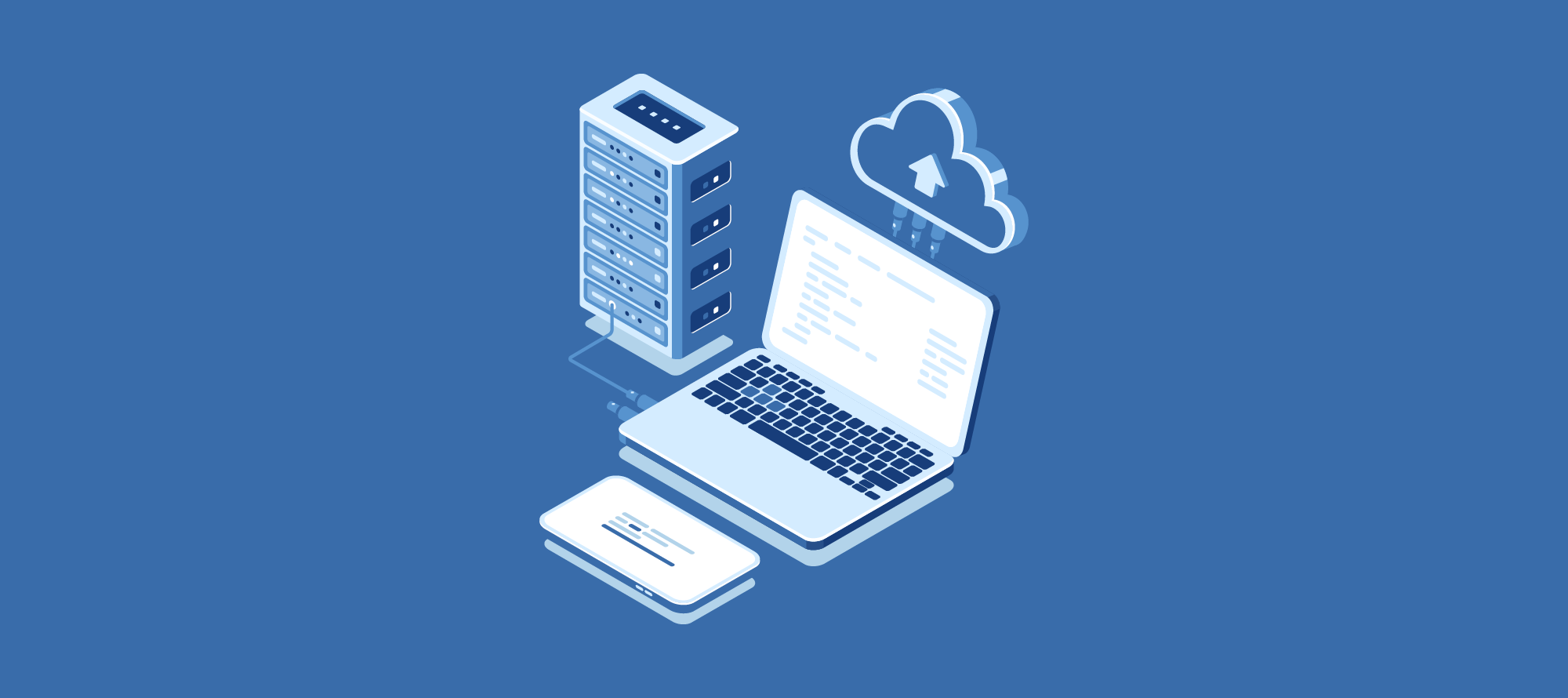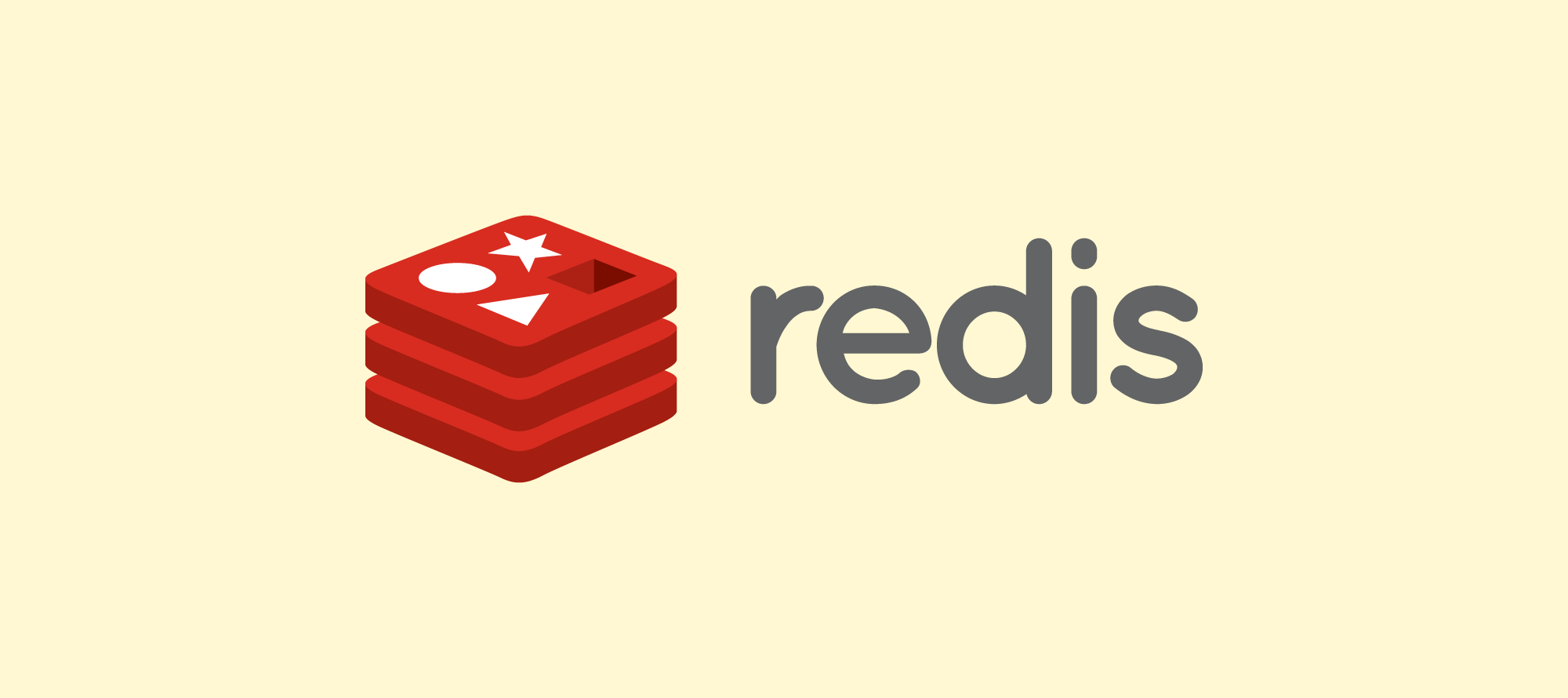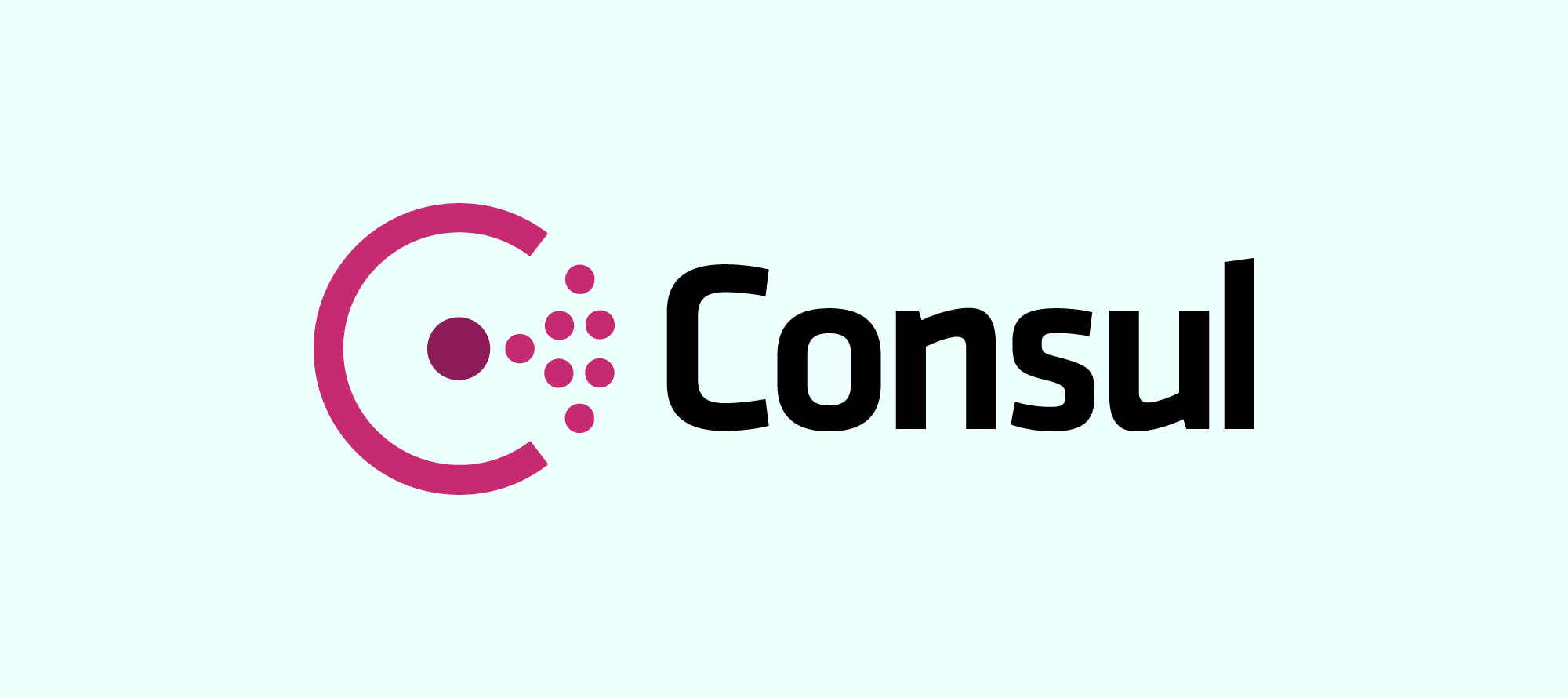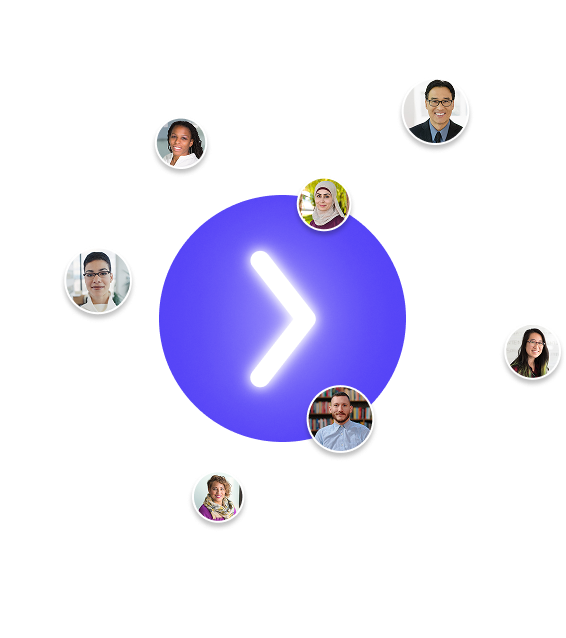
Subscribe to our Blog
We're committed to your privacy. SayOne uses the information you provide to us to contact you about our relevant content, products, and services. check out our privacy policy.

Ranju R May 20, 20219 min read

Generating table of contents...
Microservices architecture is the most preferred architectural trend this year. `The microservices architecture is typically characterized by a set of loosely coupled services. A microservices-based business application typically has the individual business functions in well-contained modules interacting via clear interfaces.
Typically, in a microservices setup, the business function modules are developed, deployed, and maintained separately. Because of increasing popularity, many technologies have sprung up that support the microservices architecture. However, some technologies suit this architecture better than others. We have attempted to present the best microservices technologies list in the paragraphs below.
Many great corporations have settled for the microservices architecture and have since been able to innovate and succeed. Netflix, Uber, and Amazon, among others, are a few of them. The most obvious benefits of using microservices architecture are as follows:
Download Ebook for FREE "How to choose the best microservices vendor and trim the cost"
With the individual functionalities organized into modules, it is easier to understand, develop, test, deploy and maintain the module.
Different programming languages are used to implement microservices. However, the infrastructures used may also be different. The typical components of a microservices architecture are:

We attempt to discuss what technologies go into building the different components of the microservices architecture.
The Docker software platform can be used to build, test, and deploy each microservice software modules called containers. Docker containers can be deployed practically at any place as each of the containers is self-reliant in terms of configurations and resources that are required to run the microservice.
Complexities of operations arise when the microservices are scaled across multiple servers. Kubernetes is then used as a complement to Docker to tackle these complexities.
Docker and Kubernetes form an ideal pair to create a flexible base and tackle a microservices-based system that gives rise to operational complexities when being scaled. Scaling up or scaling down of the system is required when the workload increases or decreases.
Docker is lightweight in that all components of a microservice can be packed into a Docker image and this can be contained in an isolated manner from another microservice. To deploy the microservices only the Docker images have to be distributed via the Docker files.
The Docker Compose is an advanced Docker tool that helps to coordinate multiple containers to build a complete microservices system. The Docker Machine is what is used to install the complete Docker environment on a server.
Are you looking for the best Spring Boot microservices technology stack developers?
It is important to note that Docker may not be suitable every single time. In some other cases, you may have to use alternative technologies such as when deploying many different Java web applications on a Java web server.

Representational State Transfer (REST) is a technology used to build RESTful APIs. REST allows the microservices to communicate directly with one another via HTTP. The request and response formats are in HTML, XML, or JSON.
A majority of the microservices that are web applications choose REST. Upgradation to HTTP/2.0 is possible wherever required and, therefore, protocols such as gRPC need not be used.
REST is yet another modular tool that is suitable for microservices architecture. It especially is suitable for building scalable models. Using the REST pattern allows the server and the client to be implemented without the knowledge of the other. This allows for modification of code at either end without affecting the other entity.

Remote Dictionary Server (Redis) is a popular NoSQL in-memory database. It also provides additional support for persisting data and helps to reduce duplication of data. It enables absolute statelessness for the applications processes. Redis is commonly built on top of Spring Boot frameworks.
Microservices need to maintain their state when using a database. For the most efficient uncoupled scaling, service data must remain isolated from other data layers. Redis when used with clustering or Redis Sentinel fits these requirements perfectly.
Read Also: Spring Boot for Microservices: The New Age Framework for Your Apps
Redis is used widely in the microservices architecture as any microservice’s primary database as a cache. In specific applications, Redis can also act as a message broker.

Originally developed at SoundCloud Prometheus is an open-source alerting and system monitoring tool. Using Prometheus it is possible to implement a multidimensional data model with data stores and data scrapers. Data is stored in the form of key-value pairs in memory cache files.
Prometheus is based on a simple query language that helps in monitoring the tasks. It also includes visualization features for statistics and alters. Prometheus does a good job when compared to traditional monitoring systems in complex, real-world environments.
Prometheus is beneficial for microservices by the support it provides for multi-dimensional data collection and querying. Prometheus also offers an extensible data model allowing you to attach arbitrary key-value dimensions to a time series.
Read Also: Why have big companies like Amazon and Netflix adopted Microservices?
Prometheus is widely used in the creation of minimalist applications and best serves in building up simple microservices. It also finds use in distributed cloud environments. However, Prometheus is not very suitable for second-by-second data scraping applications.
Prometheus does a good
Used for service discovery, Consul helps microservices to communicate with one another. Consul has some unique features such as
DNS interface and Consul Template provide Consul with the flexibility that allows it to be used with many technologies. This point is very important in the context of microservices. This aspect allows the possibility of being able to integrate new technologies whenever required in the longer term.
Consul’s infrastructure is well-suited to meet the challenges that occur in synchronous microservices. The other aspects of Consul are:
Read our blog "How to find the best microservices development company"
Using the Consul Template allows Apache HTTPD to have an entry in its configuration file for each microservice. Thereby, any microservice can be reached from outside as soon as it has registered with Consul.
Other Technologies
Some of the other technologies that are helpful while building microservices are:
Microservices can be implemented with a variety of tools, frameworks, and versions. Some of them are Python, C++, .Net, Java, and Node JS.
The easy-to-read annotation syntax of Java is primarily the reason why it is the best language for microservices in 2021. When using the Microservices frameworks with the Java language for building this type of architecture, even complex systems are easy to read and understand.
Java offers model components, UI, and connectivity to back-end resources. These can be contained within applications that can be independently deployed. Standards such as JAX-RS for APIs, CDI for dependency injection, and lifecycle management and JPA for data handling are well-suited for building microservices applications.
Read our blog "How Kubernetes Works to Support Microservices Architecture"
Some popular frameworks for building Java microservices include Spring Boot, Restlet, Spark, and DropWizard.
This is best suited for enhancing projects that are running. Golang is popular for the support that it provides for API and concurrency properties favoring microservices applications. The concurrency improves the productivity of the cores and machines. Further, it possesses a powerful standard used for developing web services. Golang is suited for developing large and complex applications.
Go Micro and Go Kit are two popular frameworks for microservices development. The Go microservices architecture supports extensive testing. It is also easy to create robust tests and embed them into workflows with ease when using Golang.
Python uses the RESTful API approach for microservices. This allows using web protocols and software to manipulate objects remotely. This also helps to break down the applications into components and manage them. A range of microservices frameworks is available for web applications development. Some of the best microservices frameworks are:
Falcom – Create smart proxies, app back-ends, and cloud APIs
Flask – Popular Python Micro framework based on Jinja2 and Werkzeug
Nameko – This Microservices framework allows developers to concentrate on application logic
Read our blog "Why Business leaders should care about Microservices"
CherryPy –Python object-oriented web frame
Bottle –WSGI micro framework that is simple, lightweight and fast
Node JS has been used by both start-ups and enterprises in the recent past to set up their microservices projects. When built with the V8 runtime, the input-output bound tasks work in the high-speed mode. Node JS is used for CPU bound programs involving intensive calculations. Node JS and microservices can help to handle specific loads using very little hardware. Other payoffs include high performance, increased productivity, and reduced costs.
ASP.Net Development services make it simple to build the APIs that eventually become the microservices.Net offers built-in support for building and deploying microservices using Docker containers. Microservices built with.Net can run on all the cloud platforms. Further, .Net microservices can be mixed with applications written in Node JS, Java, or other languages.
Implementation of microservices would perhaps lead to a serverless architecture. However, to have a well-functioning microservices system in place, using the best microservices technology stack is vital. It is also important to have a development team with in-depth knowledge of the technologies to build an extensive microservices system for your organization.
Are you looking to port your monolith application to microservices? Check out our development teams! Visit us at today!

We're committed to your privacy. SayOne uses the information you provide to us to contact you about our relevant content, products, and services. check out our privacy policy.

About Author
Helping businesses scale-up their development teams ( Python, JavaScript, DevOps & Microservices)

We collaborate with visionary leaders on projects that focus on quality